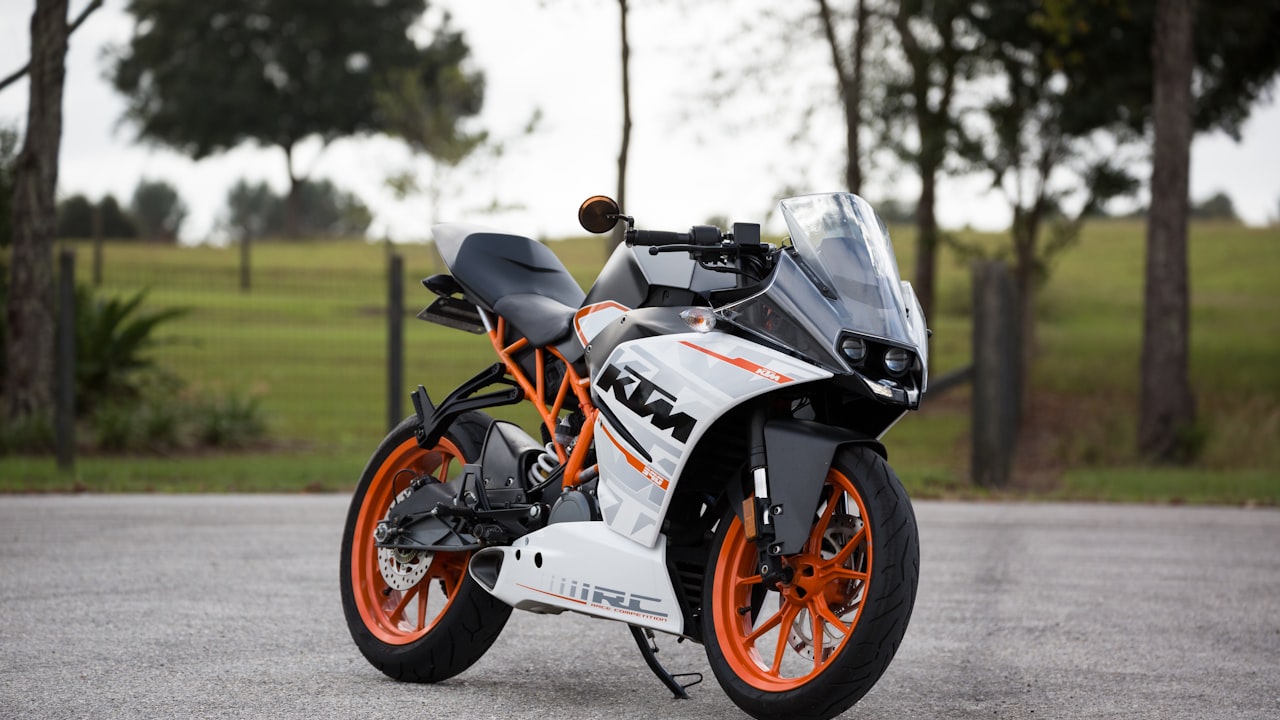In the world of electric bicycles (e-bikes), innovation knows no bounds. These modern marvels of transportation seamlessly blend human power with the assistance of electric motors, offering a more sustainable and efficient mode of commuting. While much attention is often given to the motor, battery, and other motorcycle electrical parts that power these machines, the humble handlebar plays a crucial role in the overall riding experience. In this article, we delve into the importance of forging e-bike handlebars that strike a delicate balance between strength and comfort, enhancing the rider's safety and enjoyment.
Handlebars: The Unsung Heroes
Handlebars might seem like a straightforward component of any bicycle, but in the world of e-bikes, they take on a whole new level of significance. Unlike traditional bicycles, e-bikes are heavier due to the added electrical components, such as batteries and motors. This means that handlebars must withstand higher levels of stress and impact. At the same time, they should provide a comfortable and ergonomic grip for the rider.
The Material Matters
One of the key aspects of forging e-bike handlebars is selecting the right material. Most e-bike handlebars are made from aluminum or steel alloys, and each material has its own advantages. Aluminum is lightweight and corrosion-resistant, making it a popular choice. Steel, on the other hand, is known for its strength and durability. Manufacturers must carefully consider the balance between these two factors when choosing the material for handlebars.
Strength for Safety
When it comes to e-bike handlebars, strength is paramount. The handlebars must be capable of withstanding various stresses, such as sudden jolts from potholes, the weight of accessories like bags or phone mounts, and even the rider's body weight when leaning into turns. An inferior handlebar material or design can compromise safety, leading to accidents and injuries.
Comfort for Endurance
While strength is crucial, it should not come at the expense of rider comfort. Long rides on an e-bike can be exhausting, and uncomfortable handlebars can lead to fatigue and discomfort. Therefore, handlebars should be designed with ergonomic grips that reduce strain on the wrists and palms. This ensures that riders can enjoy their e-bike journeys without discomfort or pain.
Forging Techniques
The process of forging e-bike handlebars involves heating the chosen material to a high temperature and then shaping it into the desired form. Forging ensures that the handlebars are not only strong but also have a smooth and consistent surface, reducing the risk of stress fractures or weak points. This manufacturing method is preferred for producing high-quality handlebars that can withstand the rigors of e-bike riding.
Balancing Act
Finding the perfect balance between strength and comfort is the crux of forging e-bike handlebars. Manufacturers must conduct rigorous testing to ensure that the handlebars meet safety standards and are comfortable for riders of varying sizes and riding styles. This involves subjecting the handlebars to stress tests, simulating real-world riding conditions, and gathering feedback from experienced e-bike enthusiasts.
Conclusion
In the world of e-bikes, where the focus often centers on cutting-edge motor technology and motorcycle electrical parts, it's easy to overlook the critical role played by handlebars. These seemingly simple components are integral to the safety and comfort of e-bike riders. Forging e-bike handlebars that strike the delicate balance between strength and comfort is an art that ensures a more enjoyable and secure riding experience. As the e-bike industry continues to grow, expect to see ongoing innovation in handlebar design, pushing the boundaries of what's possible in terms of both strength and rider comfort.


